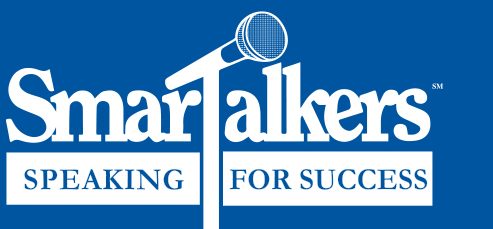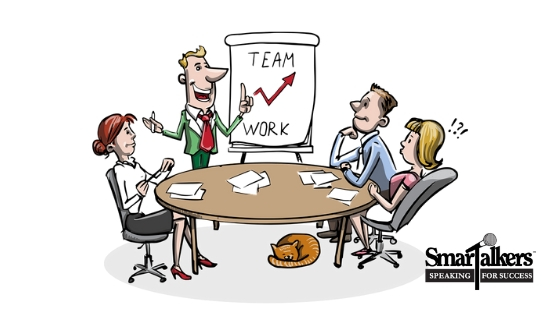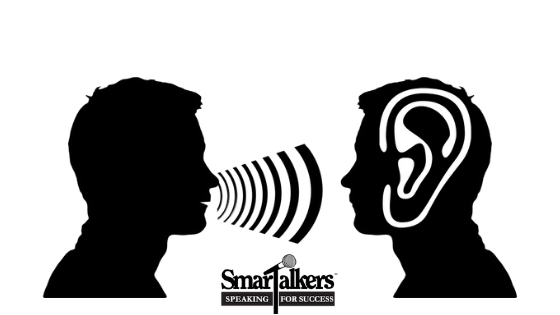
It’s just as important to know what your audience doesn’t want from a presenter as it is to know what they do want. Over the years of coaching and training in designing and delivering business and technical presentations, I have polled my clients and audiences as to what is a real turn off to them when listening to a speaker. Here are the top ten responses.
Ten of the Most Common Ways to Turn Off Your Audience
- Lack of rapport with the audience
- Looking stiff and uncomfortable
- The presentation is too intellectual with no audience engagement
- The presenter appears to lack confidence
- Poor eye contact
- Distracting mannerisms
- Being unprepared
- Monotone voice
- Lack of enthusiasm
- Using boring material
Four Faults Your Audience Will Never Forgive You For
- Not being prepared.
- Not making them feel comfortable.
- Not being committed to your topic.
- Not being interesting.
Are you guilty of any of these turn-offs? If so the Six-Step Loud and Clear process will give you the techniques needed to move your audiences from saying “Get the hook!” to “More, more, more!”
Here are a few of the benefits of using my Loud & Clear process from my book Loud and Clear: How To Design and Deliver Effective Business and Technical Presentations, with over a quarter of a million sold to date.
- Reduces stress and anxiety.
- Reduces preparation time by 20-50 percent.
- Increases your audience’s interest, understanding, and engagement.
- Connect more directly with your audience’s needs and wants.
- Increases your confidence and clarity.
If you’d like more information about the Loud and Clear process, let’s talk: wendy@smartalkers.com.









